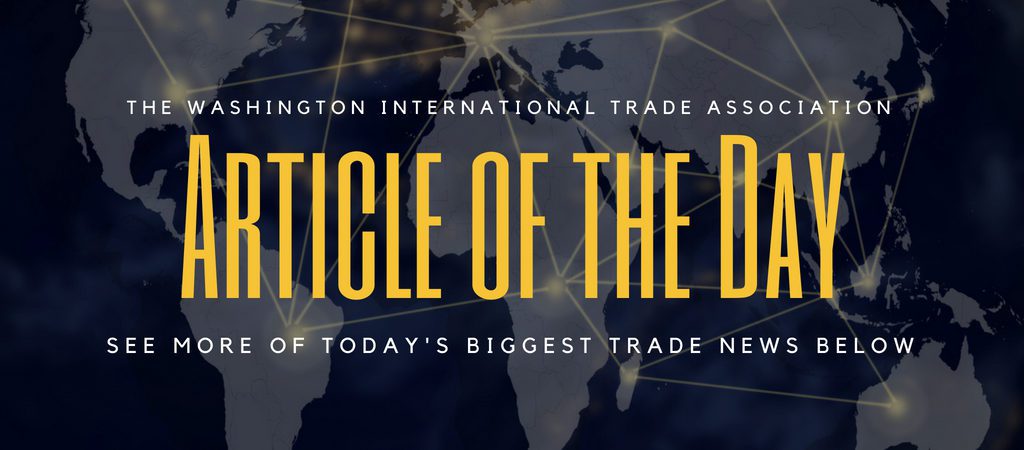When Deputy U.S. Trade Representative Dennis Shea tore into the European Union last week, attacking the $178 billion goods trade deficit the United States runs with the EU and acknowledging that the deficit “colors” every aspect of America’s approach to trade with Europe, it was hardly a departure for anyone in the administration.
U.S. President Donald Trump has, since 30 years before day one in office, been obsessed with trade balances, viewing the difference between a country’s imports and exports as something like the balance sheet of a business—more outflows than inflows must be the road to bankruptcy (something Trump is intimately familiar with), so the only path to solvency must be to balance the books by importing less and exporting more.
During Trump’s first two years in office, that metric—his own—got worse, with the U.S. trade deficit steadily widening. Last year, it shrank a bit to $616 billion—a bit better than in 2018 but still a wider gap than when he took office.
But the fact is, the myopia around the trade balance has in fact colored every aspect of the administration’s approach with every single major trading partner: the trade war with China, the browbeating of Japan and South Korea, the renegotiation of the North American Free Trade Agreement, the vilification of India and Vietnam, and, of course, the repeated broadsides about Europe’s “unfair” trade due to the size of that bloc’s trade surplus, especially Germany’s role in the surplus.
Just what do Trump and his administration get so wrong about trade deficits, and why does that mistaken diagnosis hamper so badly America’s efforts not just to deepen strategic ties with allies but to make any progress on trade at all?
The overall trade balance, whether a deficit (like the United States) or a surplus (like Germany), isn’t a very good indicator of overall economic health, for starters. In recent years, there has been an almost inverse relationship between domestic growth rates and unemployment and the size of the trade deficit: It ballooned during the go-go years of the first George W. Bush administration, and when the U.S. trade deficit did shrink dramatically between 2008 and 2010, that was because of the sudden and catastrophic damage of the financial crisis.
More to the point, a trade balance—oddly enough—doesn’t say very much about the health of a country’s trading relationships. That’s because the trade balance is simply part of a broader accounting measure known as the current account balance, and that is actually determined by a country’s domestic savings rate and investment habits—not by trade barriers to U.S. trucks, nuts, and beef or by a U.S. penchant for French wines and German cars.
“Foreign import barriers and exports subsidies are not the reason for the US trade deficit,” Martin Feldstein, the former chief economic advisor to Ronald Reagan, explained in 2017. “The real reason is that Americans are spending more than they produce.”
Read the full article here

